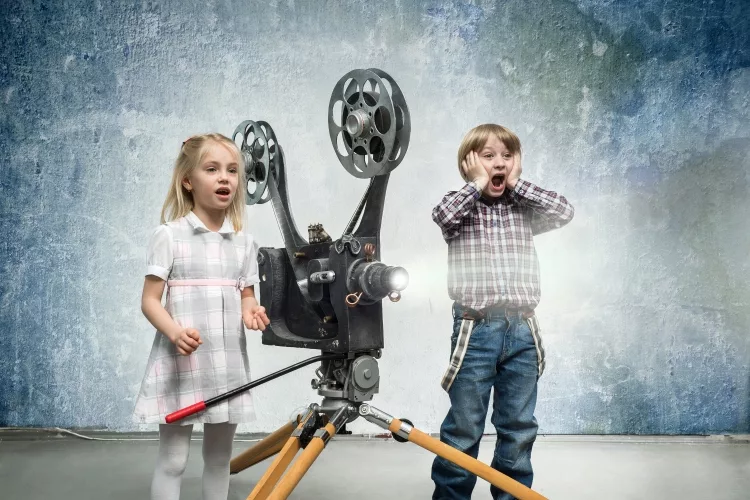Overhead projectors have been used for years. Recently, their usage has been declined significantly but they are still not outdated.
Since people have become more comfortable with modern and digitalized gadgets, working with an overhead projector may seem quite a daunting task to some.
Unfortunately, not all institutions keep up with modernization. So, if you happen to make it work with its low-tech and analog approach for a presentation, you’ll be in a fit if you’re unable to operate an overhead projector. So, it’d be wise if you prepare yourself beforehand for this kind of oddities.
And to give a much-needed assistance, we’re by your side. In this article, we’ve articulated how to make transparencies for overhead projector. So, stay tuned.
Contents

Transparencies refer to the media that have transparent qualities. Transparency films or sheets are generally letter-sized. They’re formed with plastic or acetate.
If you have the fitting pen or printer by your side, you can use those to write or print information that you want to display with an overhead projector. After you create your transparencies, you can enlarge them with an overhead projector and demonstrate them before your audience.
You can get your transparencies ready by any professional copy service for your overhead projector. Nevertheless, if you own a printer and computer, you can do it yourself without much exertion.
But do you know that transparency sheets can also be prepared even if you don’t have a printer? However, that won’t be a wise option since the outcome will not be professional. But in your desperate times, you can go for it.
Overhead projectors work in an analog manner. You can use them to only exhibit information or media created over transparency sheets. You cannot project your media or information directly from a computer if you use an overhead projector.
Transparency sheets and overhead projectors go hand in hand. You can effectively project your instructional presentations with it. You can also use them for lectures, briefings and so on! They’re a great combination for highlighting important parts of your work.
As mentioned earlier, you can manually prepare transparencies without a printer. But you shouldn’t expect a sleek finish in that case.
To manually prepare transparencies, you will have to draw or write with your hand. It involves less complexity than printing. Nevertheless, you’ll have to be meticulous about hand coordination.
A remarkable benefit of presenting with transparencies and an overhead projector is that it lets you add more while your project. Highlight major segments or adding new points with the specialized pen isn’t a daunting task at all.
With the right elements by your side and knowing the techniques properly, you can easily master the art of making transparencies for overhead projector. You can either use a printer to prepare films or do everything manually.
For a more professional touch, it’s always recommended to avoid manual preparation. There are two types of transparency pens: water-based pens and spirit-based pens. They’ll come in handy if you have to go through the manual route. Using an overhead projector isn’t too complicated a job. That’s why it’s still in use all over the globe.
 |
 |
 |
 |
 |
 |
 |
 |

About Dror Wettenstein
Dror Wettenstein is a software engineer and entrepreneur with more than 15 years of experience in the industry. He is the founder of TechTreeRepeat, a company that enables technical writers to publish their work faster and share it with readers across the globe. Dror has a master’s degree in computer science from San Diego State University and a bachelor’s degree in physics from UC Irvine.
When he’s not working on software projects, Dror enjoys writing articles and essays on various topics. He also likes playing guitar and spending time with his wife and two young children.
Bonus Deals of the Day
Check the FREE Gifts here. Or latest free books from our latest works.
Remove Ad block to reveal all the secrets. Once done, hit a button below
 |
 |
 |
 |